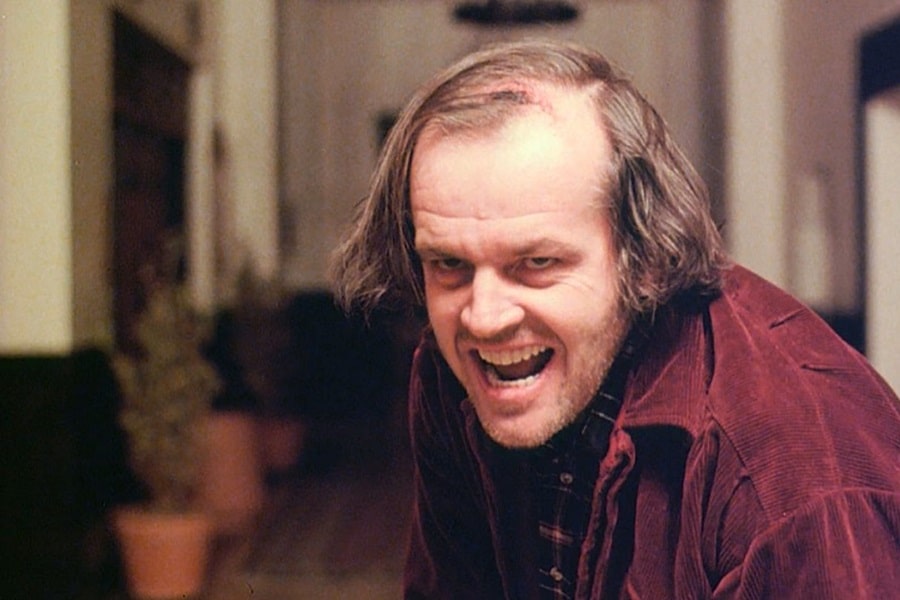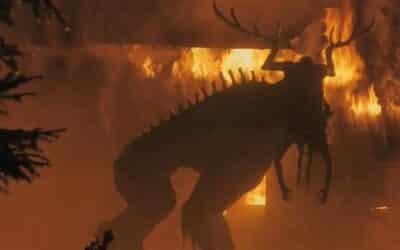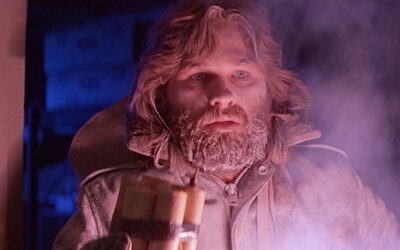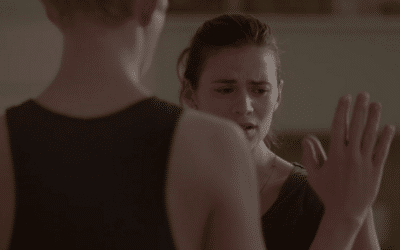
Villains of Psychological Horror
The magic of psychological horror lies in the ghoulish heart of darkness that pulsates at its core. Unlike the grotesque monstrosities of traditional horror, the villainy in psychological horror is not manifested in gnarled fangs or scales, but in the chilling manipulation of the mind. That’s the genre’s secret weapon; its villains weave their tales not with the physical but with the psychological, unfurling threads of anxiety, dread, and paranoia. So, why don’t we take a journey together into the misty realm of this genre, exploring the nuances of some of its most dastardly antagonists?
In the twisted maze of psychological horror, monsters lurk not in dark alleyways but in the labyrinth of the mind. Their wickedness is not branded by bloody deeds or monstrous forms, but by their ability to induce fear, to distort reality, and to corrupt the psyche. In the realm of psychological horror, the villain is often invisible, a shapeshifter, an idea. This distinct nature sets psychological horror antagonists apart from their counterparts in other genres, where villainy is often dictated by physical strength, grotesque form, or tangible acts of evil.
A fascinating specimen to begin with is the cunningly deceptive Amy Dunne from Gillian Flynn’s 2012 novel ‘Gone Girl’. Amy, the seemingly perfect wife, is no horned beast or knife-wielding maniac. Her weapon of choice is manipulation, her playground, the human mind. What marks her as a villain is not her violence but her Machiavellian plots, which she spins with masterful cunning and chilling detachment. She ensnares everyone around her in a web of lies, distorting reality to her advantage, causing havoc and despair. The depths of her manipulative genius sends shivers down the spine, proving that the most menacing villain is not the one under the bed, but the one lying next to us.
Next on the stage is Jack Torrance from Stephen King’s ‘The Shining’. Jack, an aspiring writer and recovering alcoholic, takes a job as a winter caretaker in the isolated Overlook Hotel, with his wife and son in tow. What’s chilling about Jack is his slow descent into madness, exacerbated by the malevolent spirits residing in the hotel. King’s character study of Jack’s progressive insanity and the terror it induces in his family is the stuff of nightmares. The true horror lies not in the supernatural, but in Jack’s transformation from a loving father to a homicidal maniac, underlining the grim reality that sometimes, our worst fears reside within us.
Transitioning from the realm of literature to the silver screen, let’s venture into the psychological wilderness of Alfred Hitchcock’s ‘Psycho’. Here, we encounter Norman Bates, the proprietor of the Bates Motel. His monstrosity lies not in his murderous acts but in his dual personality, embodying both Norman and his domineering mother. The way Hitchcock plays with the viewers’ perceptions of Bates, slowly revealing his true nature and his grisly deeds, is what sets him apart as a villain. Norman Bates is a testament to how psychological horror can shroud villainy in a cloak of normalcy, only to reveal a grotesque underbelly that leaves audiences gasping.
Lastly, we journey into the mind of Kevin Wendell Crumb from M. Night Shyamalan’s ‘Split’. Kevin suffers from Dissociative Identity Disorder and has 24 different personalities residing within him. One of these, ‘The Beast’, possesses superhuman abilities and a thirst for human flesh. The terror here lies in the unpredictability of when ‘The Beast’ might take over, and in the absolute helplessness of his victims trapped in his underground lair. Shyamalan effectively uses psychological horror to blur the lines between man and monster, victim and villain, making ‘Split’ a chilling exploration of the human psyche.
Each of these villains, Amy Dunne, Jack Torrance, Norman Bates, and Kevin Wendell Crumb, strike fear not with their physical might but with their psychological manipulations. They invade our minds, distort our realities, and make us question our sanity. These aren’t your typical monsters hiding under your bed or lurking in the closet. They’re the monsters who make their home within us, in the deepest recesses of our fears and insecurities.
This exploration of psychological horror’s most mesmerizing villains underlines the unique brand of terror that this genre delivers. It’s a chilling reminder that the greatest horrors are often not those that we can see or touch, but those that we think and feel. The realm of psychological horror is a testament to the human mind’s capacity to imagine, to fear, and to be terrified by the unseen and the unknown. In the end, isn’t that what makes the genre so deliciously horrifying?
More Horror Features
Underrated Horror
The Underrated Horrors Lurking in Cinema’s Shadows
Tropes of Psychological Horror
When Your Mind Plays Tricks on You
Unnerving Psychological Horror
A Journey into the Dark Corners of the Mind



